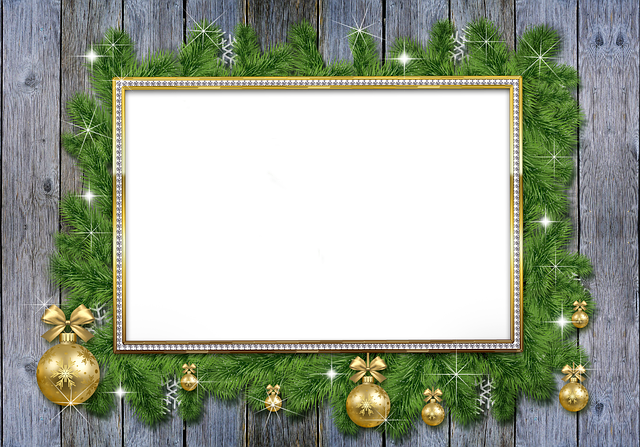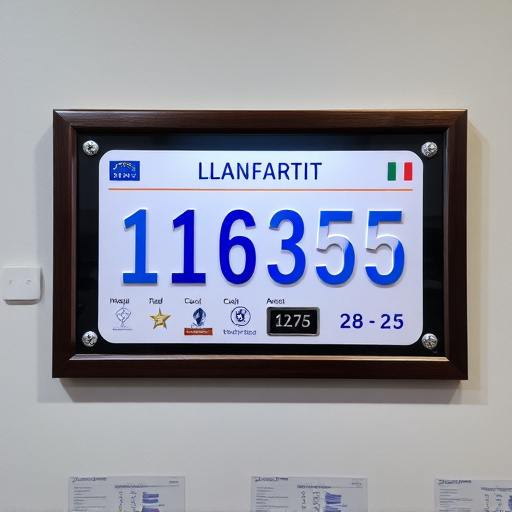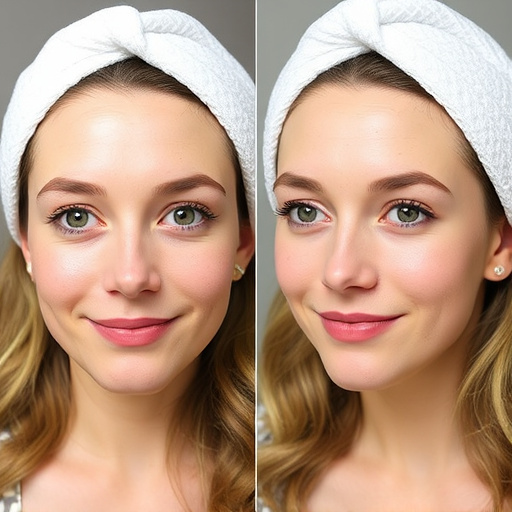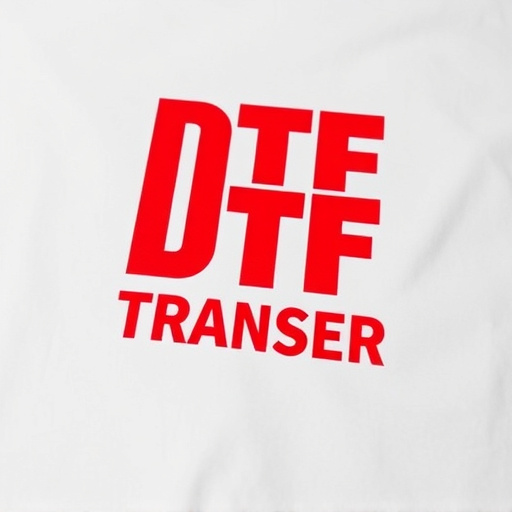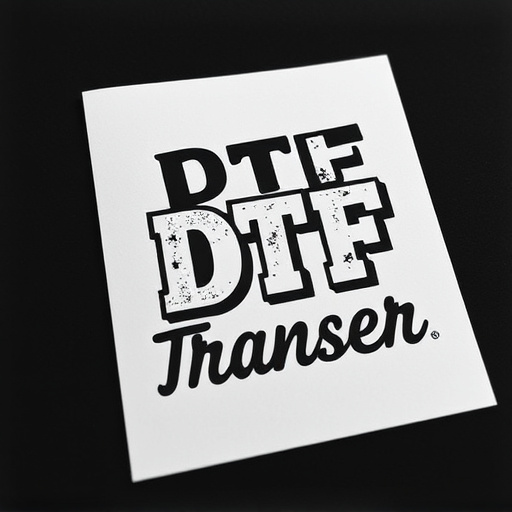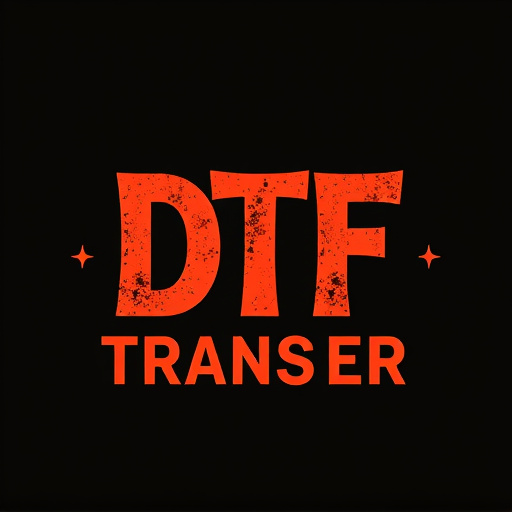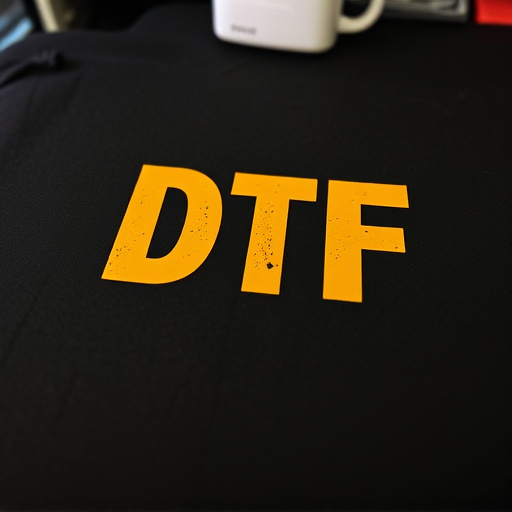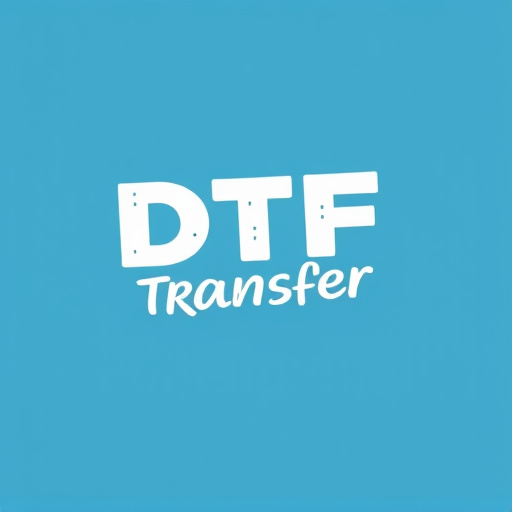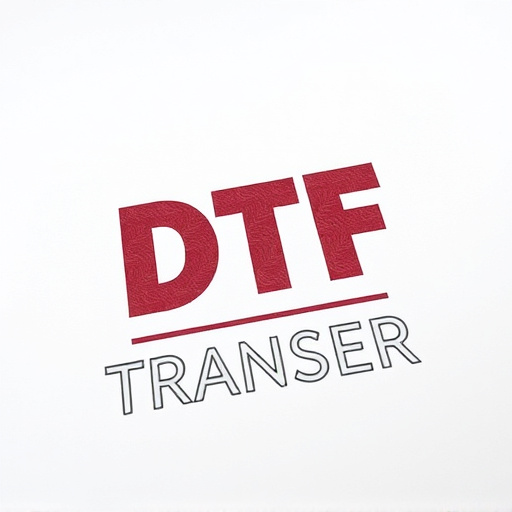DTF (Direct-to-Film) Printing is a cutting-edge technology revolutionizing the printing industry by directly transferring images onto various materials, eliminating intermediate steps. It offers faster turnaround times, superior quality, and reduced waste compared to traditional methods. Businesses can enhance efficiency and customer satisfaction through DTF, catering to diverse client needs, especially custom designs. Accessible through online platforms and directories, local DTF service providers offer versatile applications from promotional items to art pieces. The process involves advanced inkjet technology, file optimization, printing, curing, and material selection for optimal results. DTF is transforming visual communication in retail, events, fashion, and restaurants, providing dynamic, cost-effective solutions, particularly for pop-up shops and temporary exhibitions.
“Discover the transformative power of Direct-to-Film (DTF) printing with our comprehensive guide. We explore how this innovative technology is revolutionizing various industries, allowing businesses to produce high-quality prints directly from digital files. Learn about the benefits of DTF over traditional methods and find nearby providers offering these services. From understanding the process to choosing the right materials, this article equips you with insights to optimize your DTF prints for exceptional results.”
- Understanding Direct-to-Film Printing (DTF) and its Benefits
- Locating Nearby Businesses Offering DTF Services
- The Process: From Digital File to Physical Print
- Choosing the Right Materials for Optimal Results
- Common Applications of DTF Printing in Various Industries
- Tips for Optimizing Your DTF Prints and Enhancing Quality
Understanding Direct-to-Film Printing (DTF) and its Benefits
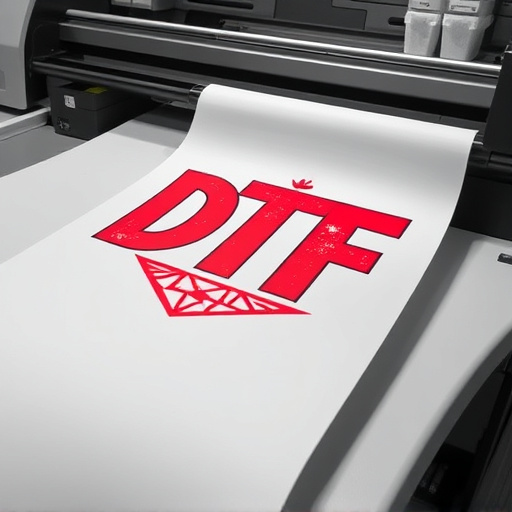
Direct-to-film (DTF) printing is a cutting-edge technology that allows businesses to transfer images and designs directly onto various materials, such as fabric, wood, metal, and more. This innovative process bypasses the need for intermediate steps like film or plate production, making it an efficient and cost-effective solution for on-demand printing. DTF Printing offers numerous benefits, including faster turnaround times, higher quality outputs, and reduced waste compared to traditional methods.
For nearby businesses, adopting DTF Printing can significantly enhance their operational efficiency and customer satisfaction. It enables them to cater to diverse client needs promptly, ensuring that orders, especially custom designs, are executed swiftly without compromising on quality. Moreover, DTF Printing’s versatility opens up a wide range of applications, from creating unique promotional items and branded merchandise to producing artistic pieces, thus positioning it as a game-changer in the printing industry.
Locating Nearby Businesses Offering DTF Services
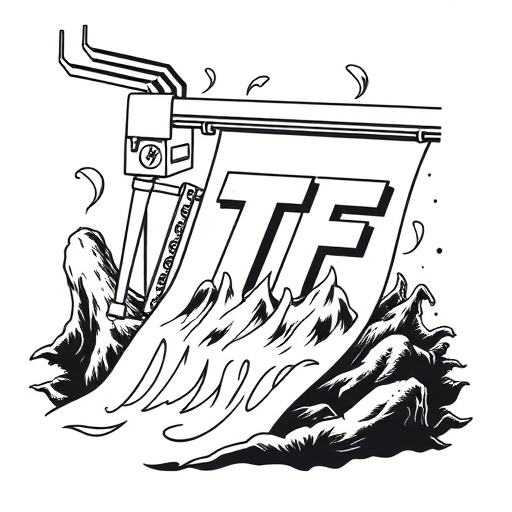
Finding nearby businesses offering direct-to-film (DTF) transfer services is now easier than ever, thanks to advanced online platforms and local business directories. Start by searching for “DTF Printing” or similar terms on search engines, as this will bring up a list of local providers along with their contact details and service offerings. Many businesses also have dedicated websites where they showcase their capabilities, pricing, and customer testimonials, providing valuable insights into the quality of their services.
Additionally, social media platforms like Instagram and Facebook can be powerful tools for discovery. Hashtags related to DTF Printing or local business names often reveal posts and pages showcasing the work of these businesses. Engaging with these posts and reaching out to the business owners directly can provide you with firsthand information about their services, turnaround times, and any specialized offerings they might have.
The Process: From Digital File to Physical Print
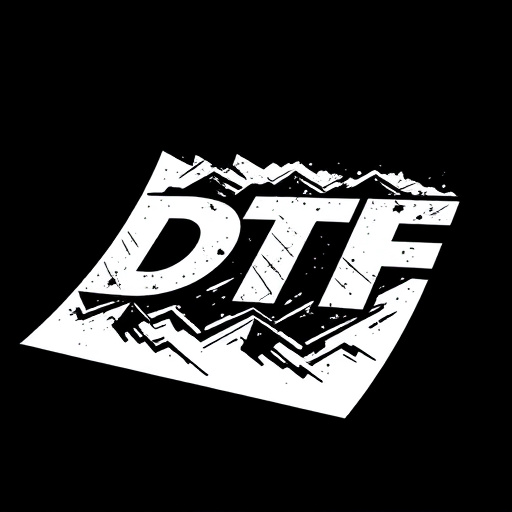
The process of transferring a digital file to a physical print, commonly known as Direct-to-Film (DTF) Printing, involves several precise steps. It begins with the submission of a high-resolution digital image or graphic file by clients. This file is then carefully examined and optimized by technicians to ensure it meets the required standards for printing. The image is converted into a format compatible with the printing machinery, allowing for accurate color reproduction and sharp details.
Once the file is ready, the printing process commences. DTF printers use specialized inkjet technology to apply vibrant colors directly onto various materials like vinyl, canvas, or even metal. The inks are precisely deposited layer by layer, creating a rich, durable finish. After printing, the images undergo curing, where heat or UV light sets the inks, making them long-lasting and suitable for outdoor displays or indoor art installations. This entire process ensures that digital creations can be transformed into tangible, high-quality prints, opening up endless possibilities for businesses and artists alike.
Choosing the Right Materials for Optimal Results
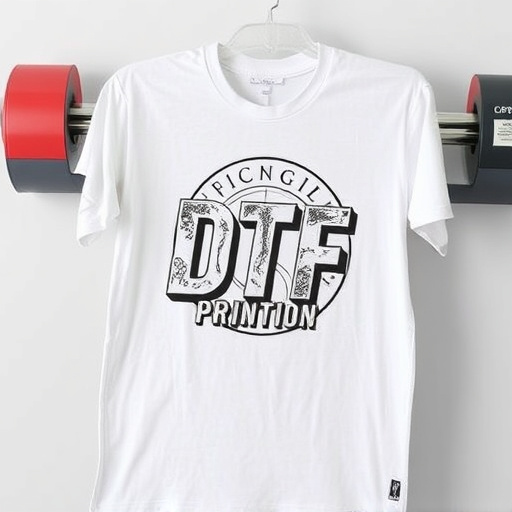
When opting for direct-to-film (DTF) printing services, selecting the appropriate materials is paramount to achieving exceptional results. The right choice ensures that your design is accurately reproduced on the final product, whether it’s a banner, poster, or even a sign. Key factors include understanding the type of film stock suitable for outdoor or indoor display and considering the print quality required. High-resolution images and vibrant color profiles are essential for captivating visuals.
Additionally, material considerations extend to the adhesive used, especially when applying graphics to various surfaces. Water-based adhesives offer environmental benefits while providing strong bonding. For demanding applications, such as vehicle wraps, specialized materials with superior durability and resistance to fading or cracking are recommended.
Common Applications of DTF Printing in Various Industries
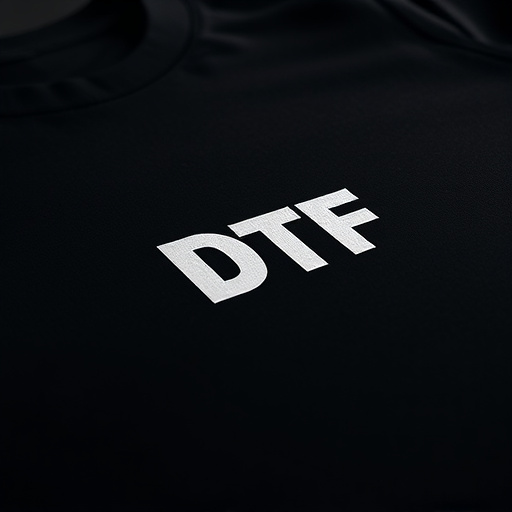
Direct-to-film (DTF) printing has found its way into various industries, revolutionizing the way businesses approach visual communication. In retail, DTF is used to create vibrant window displays and eye-catching signage, instantly drawing customers’ attention. For event organizers, it’s a game-changer when it comes to designing pop-up banners, trade show booths, and promotional materials, ensuring brand visibility on the go.
The fashion industry has also embraced DTF for small-batch production runs, allowing designers to bring their unique patterns and designs to life quickly. In addition, signage for restaurants, cafes, and hotels benefits from DTF’s ability to produce high-quality menus, table signs, and promotional flyers, enhancing the overall guest experience. Moreover, with the rise of pop-up shops and temporary exhibitions, DTF printing offers a cost-effective solution for creating custom displays and backdrops, catering to diverse business needs in a dynamic market.
Tips for Optimizing Your DTF Prints and Enhancing Quality
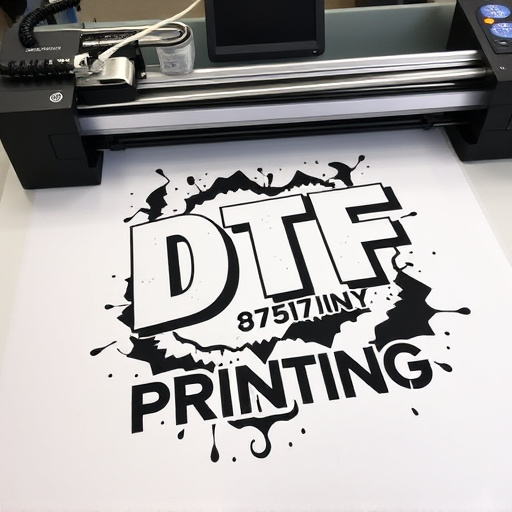
To optimize your DTF (Direct-to-Film) prints and ensure top-quality results, start by preparing your designs meticulously. Use high-resolution images and vector graphics to avoid pixelation and maintain sharp details. Calibrate your color profiles to match the film’s specifications for accurate color representation. Consider using specialized software designed for DTF printing to fine-tune settings like exposure, density, and development time.
Additionally, ensure your print bed is clean and free of contaminants. Properly apply the film, paying close attention to edges and corners to prevent air bubbles or misalignments. After printing, carefully inspect each print for any defects or inconsistencies. Regularly maintaining and cleaning your DTF printer components will also contribute to consistent quality over time.

